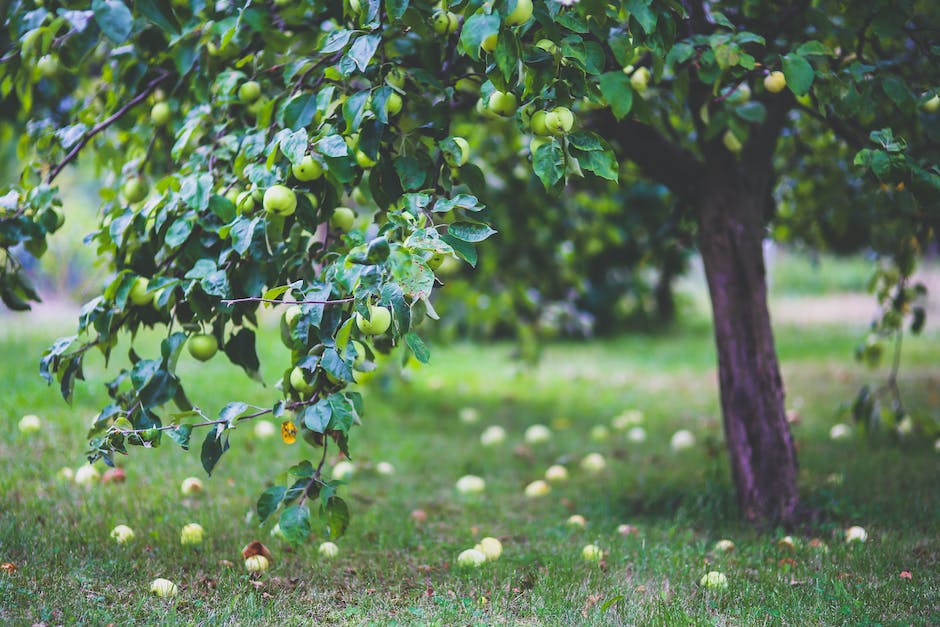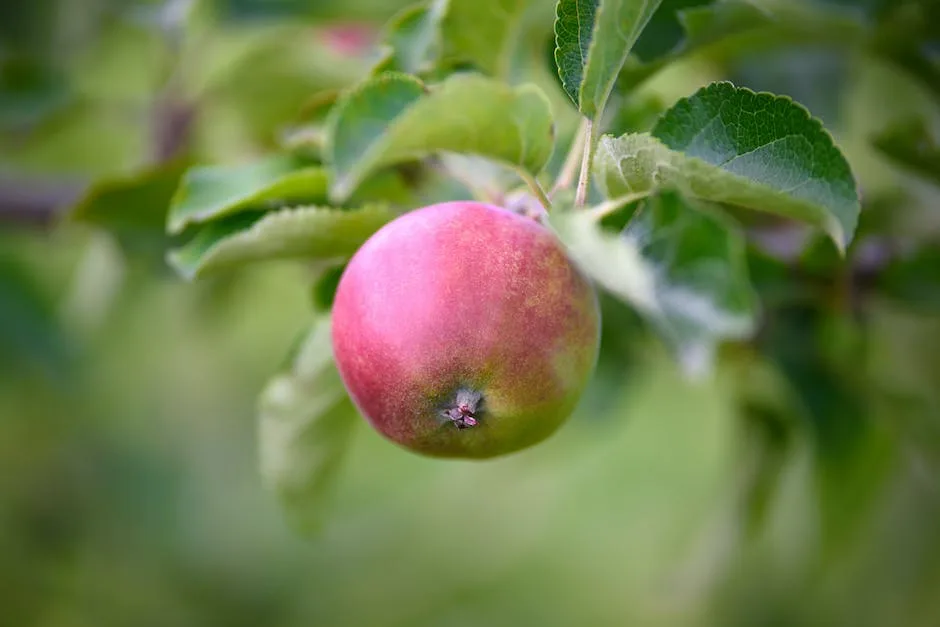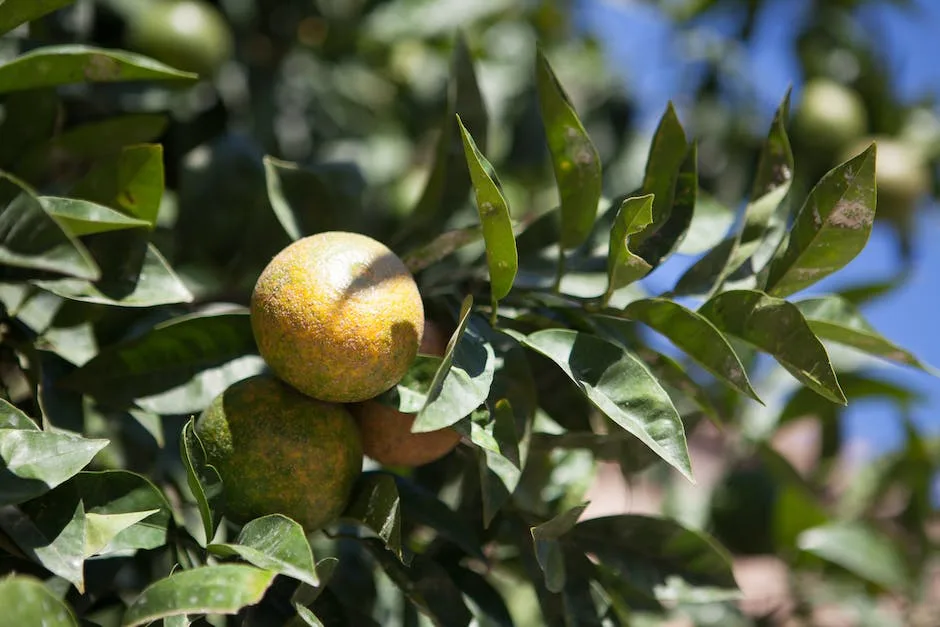Apple trees are a common sight in many yards and gardens, but sometimes their leaves can start to curl. There are a few different things that could be causing this. It could be a sign of a nutrient deficiency, or it could be due to pests or disease. If you notice your apple tree leaves curling, it’s important to investigate the cause so you can take appropriate action.
The leaves on my apple tree are curling because of a aphid infestation.
How do you stop leaf curl on apple trees?
If you believe that your young apple tree’s leaves are curled due to the apple leaf curling midge, it is important to take action in order to prevent the spread of the infestation. Trim off all infected leaves and branches, and dispose of them in a burn pit. This will help to ensure that the apple leaf curling midge does not spread and cause further damage to your trees.
Leaf curl can be caused by a number of different factors, but the most common are transplant shock, insufficient or too much water. Transplant shock is often caused by planting on a hot, sunny day, or late in the season, and can cause the leaves to curl up and die. Not enough water can also cause the leaves to curl, as the plant will try to conserve water by closing off its pores. Too much water can cause the leaves to curl as well, as the plant will try to protect itself from too much water by curling its leaves.
How do you treat fruit tree leaf curls
Leaf curl is a fungal disease that can usually be controlled satisfactorily by spraying with a suitable registered fungicide. The most effective control is achieved by spraying when the buds are swelling but before they have opened. Once the fungus has entered the leaf, it is not possible to control it.
If you notice your fruit tree leaves curling, it is most likely due to one of two problems: peach leaf curl fungus or aphids. Both of these problems are relatively easy to treat if you are diligent and catch them early. For peach leaf curl fungus, you will need to apply a fungicide starting in the early spring before the leaves begin to unfurl. For aphids, you can either spray them with water or an insecticide. Be sure to check your trees regularly and take action as soon as you see any signs of trouble.
Can you save a tree from leaf curl?
If you find that a tree on your property is infected with a virus, it is important to take action to remove the infected leaves and fruit, and destroy them. This will help to prevent the spread of the virus to other trees and plants. You should also feed your soil with slow release organic fertilisers and soil conditioners, and water regularly, to help it recover from the infection.
Leaf curl is a common problem for many gardeners. The most common method of treating leaf curl is to spray sulfur or copper after leaf drop in the fall and again in the spring. This will help to prevent the problem from recurring.
Can curled leaves uncurl?
Leaf curl can be caused by transplant shock, root damage, or pruning. The leaves will thicken and curl up, but remain green. With proper care, the plant usually recovers and the leaves will go back to normal.
If you notice any wilting, curling, or turning brown near the tips and edges of the leaves on your trees, chances are your tree is in need of additional water. Inspect the leaves regularly to ensure they are healthy and hydrated.
Will leaf curl go away on its own
Leaf curl disease is a problem that can occur in spring. It can cause damage to plants, but will generally disappear by late summer. However, there may still be signs of the disease if you know what to look for.
There is little you can do to control leaf curl once the symptoms appear in spring. Some people remove diseased leaves or prune infected shoots, but this has not been shown to improve control.
Can overwatering cause leaf curl?
If your potting soil is staying soggy for too long, this can cause the leaves to curl, as well as lead to root rot. In order to avoid this, make sure that the top inch or two of soil is always allowed to dry out. Also, make sure to use pots that have drainage holes.
If you see new growth withering before it’s fully grown, or leaves that are slightly yellow or green, this is a sign that you are overwatering your plants. Watch leaves carefully, as they can be a good indicator of overwatering. If leaves look green and vibrant, but are overall fragile and break easily, this is a sign that they are not getting enough water.
Can curled leaves go back to normal
If you notice your plant’s leaves are starting to curl, don’t panic! In most cases, this is a reversible problem. Check to see what might be causing the leaves to curl, such as too much water or not enough sunlight. Once you fix the issue, the leaves should return to normal within a week or so.
If you see your plant’s leaves curling, it’s a sign that it is stressed and is trying to conserve water. This could be due to overwatering or overfeeding, so check your care routine and make adjustments as needed. Keep an eye on your plant and give it the care it needs to thrive.
What deficiency causes leaves to curl?
Calcium is an essential nutrient for plants, as it helps to produce new growing points and root tips. Deficiency symptoms in plants include stunted growth of new foliage, buds and roots, as well as leaf curling and browning of leaf edges and tips (known as tip burn).
Too much sun can cause leaves to curl up and dry out. This is often accompanied by other signs of leaf scorch such as fading or brown spots.
How do I keep my plant leaves from curling
Misting your plant’s leaves is one way to stop them from curling up due to heat and light. If you think your plant might be curling its leaves because of heat or light exposure, misting the leaves can help.
Tomato yellow leaf curl virus (TYLCV) is a plant pathogen that infects tomato plants. The most obvious symptoms in tomato plants are small leaves that become yellow between the veins, the leaves also curl upwards and towards the middle of the leaf. In seedlings, the shoots become shortened and give the young plants a bushy appearance. TYLCV is transmitted by a type of insect called the silverleaf whitefly. The whiteflies feed on the sap of infected plants and acquire the virus. They then spread the virus to healthy plants as they feed. TYLCV is a serious problem for tomato growers because it can cause yield losses of up to 100%. There is no cure for plants that are infected with TYLCV and infected plants should be removed and destroyed.
What’s the best feed for apple trees
Fruit trees prefer an organic, high nitrogen fertilizer. Blood meal, soybean meal, composted chicken manure, cottonseed meal, and feather meal are all good, organic nitrogen sources.
If a plant is overwatered, it will likely develop yellow or brown limp, droopy leaves as opposed to dry, crispy leaves (which are a sign of too little water). Wilting leaves combined with wet soil usually mean that root rot has set in and the roots can no longer absorb water.
Warp Up
The possible causes of apple tree leaves curling are numerous, but the most common are pests, diseases, and cultural issues. Though many different factors can lead to leaf curling, these three are by far the most prevalent.
The most likely explanation for your apple tree’s leaves curling is that it is suffering from a lack of water. When a tree is stressed due to a lack of water, its leaves will often curl up in order to prevent themselves from losing too much moisture. If you believe that your tree is not getting enough water, you should try giving it a deep watering once a week.
Jackson Hill is a passionate arborist with years of experience in the field of trees. He developed his fascination with trees at a young age, spending countless hours exploring the forests and climbing trees. Jackson went on to study arboriculture and horticulture at Michigan State University and later earned a degree in forestry from the University of Michigan.
With his extensive knowledge and expertise, Jackson has become a trusted authority on trees and their impact on the environment. His work has helped shape the field of arboriculture and he continues to be a leading voice in the industry.
